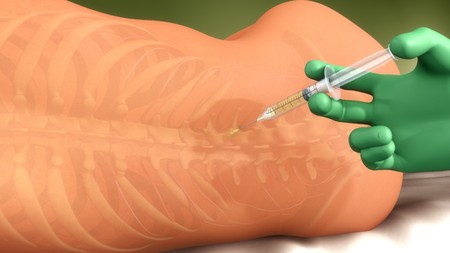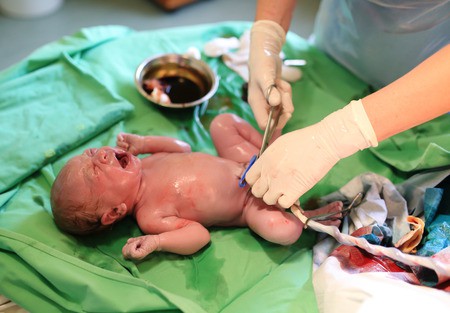Child Birth Process
The nine month long journey of pregnancy is about to come to an end and you are anxious about the proceedings of the last day that is the day you will deliver your baby. Labor and child birth is a very fascinating process and nature has its way around the things here. In a normal delivery, every lady must go through the grueling labor pains and at the end of it, she is rewarded with the most precious gift. It is nice to learn about the stages of labor so that you know what to expect. During your pregnancy, Lamaze classes and natural birth videos will help you prepare yourself better.
Labor is divided into three main stages:
First Stage Of Labor
This is the stage when the uterine contractions begin and they cause dilatation and effacement of the cervix. You are taken to the maternity ward in this stage. With each contraction and pain, the cervical opening opens up until it is fully dilated to 10 cm. This stage is further divided into three sub-stages:
- Latent phase: This is the first step in the process of labor and in a first time mother can last up to 6 -10 hours. The contractions are mild and there might be the discharge of blood and mucous from the vagina. The water bag may also rupture. In this stage, the cervix dilates up to 3 cm.

- Active phase: This stage lasts for 3-6 hours and the pains get more intense and come on with increased frequency. The cervix dilates from 4 up to 7 cm in this stage. If you have opted for epidural anesthesia, it will be given in this stage. Practicing breathing techniques will help at this stage and keep you relaxed.
- Transition phase: This stage lasts for 20-30 minutes and the contractions come on every one to three minutes and are very intense in nature. The cervix dilates and thins out (effacement) with each contraction. You are not advised to start pushing in this stage. Nausea, fatigue and sensation of having a bowel movement are all common during this stage. The cervix dilates from 7 up to 10 cm which is the stage of complete dilatation.
Second Stage of Labor
In this stage of child birth, the cervix is totally dilated and your baby has descended further. Now you will feel the desire to push and the doctor will ask you to push with each contraction. This stage lasts for 1-2 hours in first time moms. In subsequent pregnancies, this stage could be as short as a few minutes. The pains are intense and with each pain you will feel a pushing sensation and the baby will move further down. When the head of the baby is seen at the vaginal opening, it is called crowning and it is now that a surgical cut called as episiotomy is given in the perineum to widen the vaginal opening and help in easy delivery of the baby. The constant pushing may make you tired but you will be told to breathe deeply and push only when the contraction comes. The baby’s head will emerge with the strongest push and the doctor will support the head and subsequently the shoulders and the rest of the body will be delivered. Once the baby is out, the pains are gone and you are seconds away from holding your little angel. The umbilical cord is clamped and cut.
Third Stage of Labor

Once the baby is out, the uterus will contract spontaneously and the placenta along with the umbilical cord will be delivered. This stage of child birth lasts for half an hour to a few minutes. Most ladies are not aware of this stage as they are completely absorbed in knowing about their newborn. The doctor may ask you to push gently to help expel the placenta. The complete expulsion will mark the end of the third stage of labor process. Some light cramping pain and bleeding occur in this stage. If you have opted for stem cell banking, then the placenta and cord blood need to be collected as soon as it is delivered. The doctor will suture the episiotomy wound and you will be shifted to the recovery room.
In the last stage, the baby is put to the mothers breast as early skin to skin contact helps in promoting breastfeeding. The suckling also causes uterine contractions and helps in the spontaneous expulsion of the placenta (also called as the after birth).
With this, the entire process of child birth comes to an end and your little bundle of joy is safe in your arms and you feel an overwhelming sense of relief and joy. Now is the time to get some well deserved rest. Congratulations!



